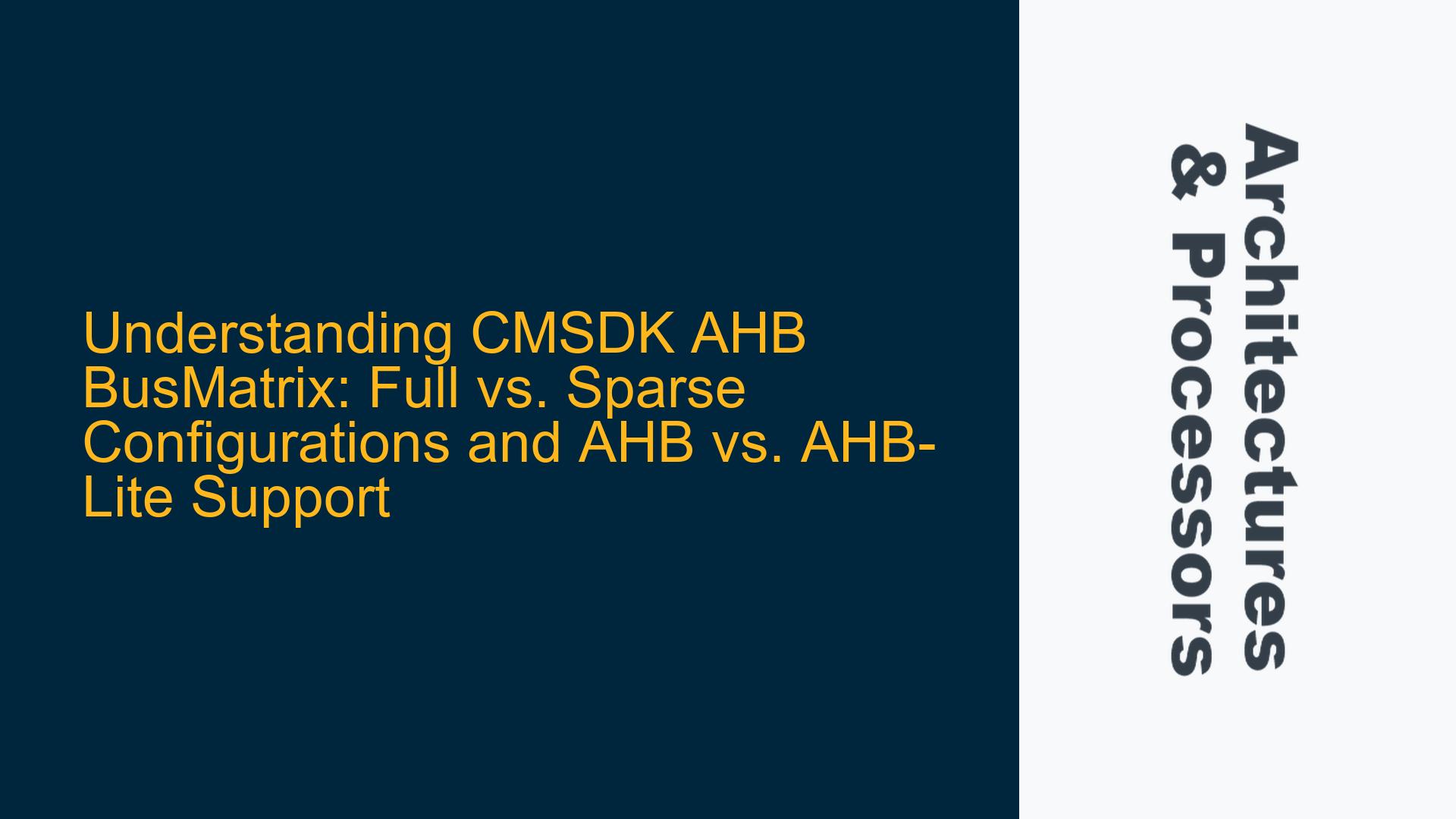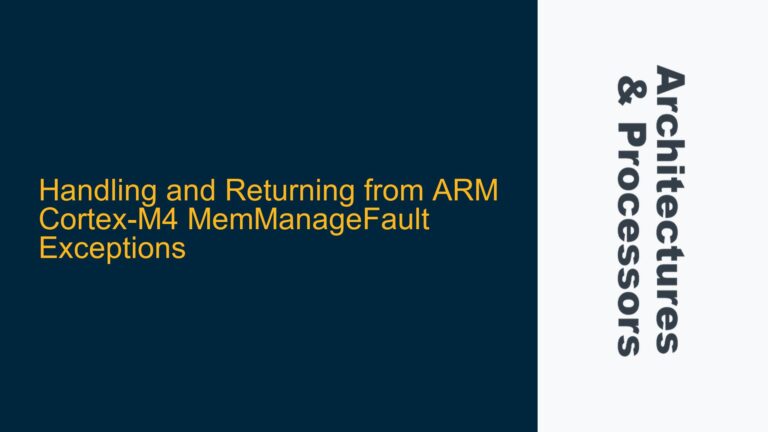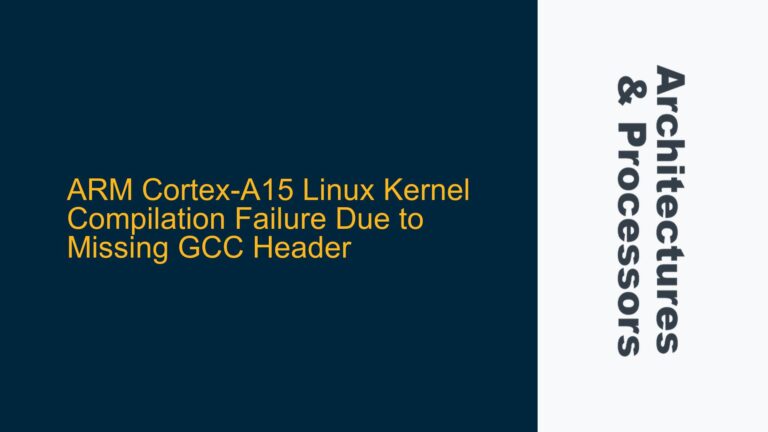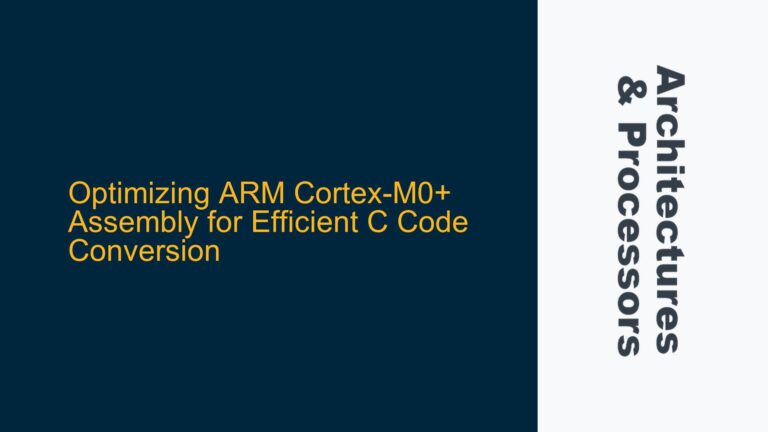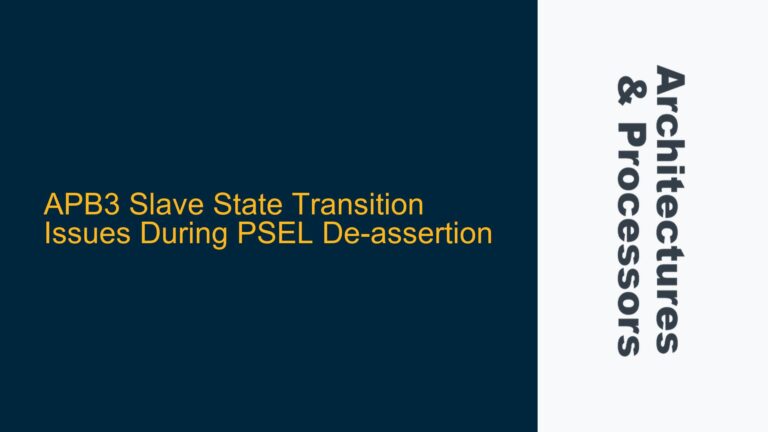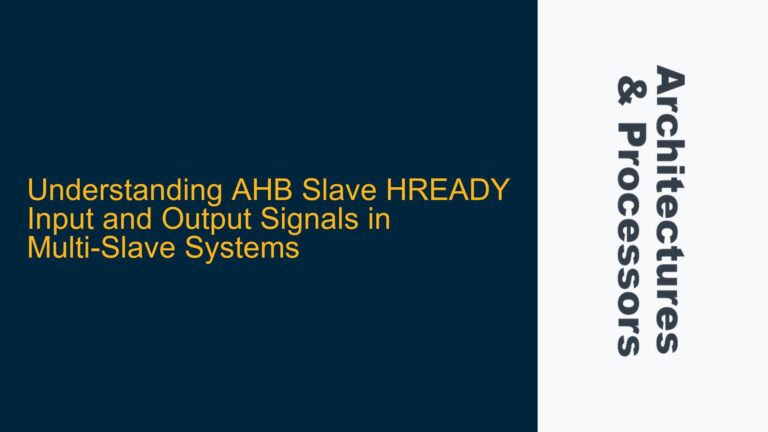CMSDK AHB BusMatrix: AHB vs. AHB-Lite Protocol Support
The CMSDK AHB BusMatrix is a critical component in ARM-based embedded systems, providing a flexible interconnect for Advanced High-performance Bus (AHB) and AHB-Lite protocols. The primary distinction between AHB and AHB-Lite lies in their support for multiple masters. AHB-Lite is a simplified version of the AHB protocol, designed to reduce complexity by supporting only a single master. In contrast, the full AHB protocol supports multiple masters, enabling more complex system designs where multiple processors or DMA controllers may need concurrent access to shared resources.
The CMSDK AHB BusMatrix is designed to support both AHB and AHB-Lite protocols. This dual support is achieved through two separate top-level RTL files: one for the full AHB protocol and another for AHB-Lite. The AHB-Lite version is essentially a wrapper around the full AHB implementation, simplifying the interface for systems that do not require multiple masters. This flexibility allows designers to choose the appropriate protocol based on their system requirements without needing to redesign the interconnect logic.
When working with the CMSDK AHB BusMatrix, it is crucial to select the correct top-level RTL file. Using the AHB-Lite wrapper in a system that requires multiple masters will result in incorrect behavior, as the AHB-Lite protocol does not support arbitration between masters. Conversely, using the full AHB implementation in a single-master system may introduce unnecessary complexity and resource usage. Therefore, understanding the differences between AHB and AHB-Lite and selecting the appropriate implementation is the first step in effectively utilizing the CMSDK AHB BusMatrix.
Full vs. Sparse BusMatrix Configurations: Interconnect Complexity and Resource Optimization
The CMSDK AHB BusMatrix can be configured in two primary ways: full and sparse. These configurations determine how masters and slaves are interconnected within the BusMatrix, impacting both the complexity of the interconnect logic and the overall resource utilization in the system.
In a full configuration, every master is connected to every slave, creating a fully interconnected network. This approach ensures that any master can access any slave without restrictions, providing maximum flexibility. However, this flexibility comes at the cost of increased interconnect complexity and resource usage. Each additional master or slave in the system adds to the number of connections, leading to exponential growth in the size of the interconnect logic. For systems with a large number of masters and slaves, this can result in significant resource overhead, potentially impacting timing and area constraints.
In contrast, a sparse configuration allows for selective interconnection between masters and slaves. This approach reduces the complexity of the interconnect logic by only creating connections where they are explicitly needed. For example, if a particular master only needs to access a subset of the slaves, the sparse configuration can eliminate unnecessary connections, reducing resource usage and simplifying the design. This is particularly beneficial in systems where not all masters require access to all slaves, as it allows for more efficient use of available resources.
The choice between full and sparse configurations depends on the specific requirements of the system. A full configuration is ideal for systems where maximum flexibility is required, and resource constraints are not a primary concern. On the other hand, a sparse configuration is better suited for resource-constrained systems where optimizing interconnect complexity is critical. Understanding the trade-offs between these configurations is essential for designing efficient and scalable systems using the CMSDK AHB BusMatrix.
Configuring CMSDK AHB BusMatrix: Command-Line Tools and XML Configuration
Configuring the CMSDK AHB BusMatrix involves using command-line tools and XML configuration files. Unlike the older ADK BusMatrix, which could be configured using the AMBA Designer tool, the CMSDK BusMatrix relies on command-line interfaces for configuration. This approach provides greater flexibility and control over the configuration process, allowing designers to tailor the BusMatrix to their specific needs.
The configuration process begins with the creation of an XML file that defines the desired interconnect structure. The XML file specifies the number of masters and slaves, as well as the connections between them. The CMSDK provides example XML files for both full and sparse configurations, which can be used as templates for creating custom configurations. These examples demonstrate how to define the interconnect structure, including the use of sparse configurations to reduce interconnect complexity.
Once the XML file is created, it is passed to the command-line tool along with other parameters, such as the desired protocol (AHB or AHB-Lite) and the output directory for the generated RTL files. The command-line tool processes the XML file and generates the corresponding RTL files, which can then be integrated into the system design. This process allows for rapid iteration and customization, enabling designers to quickly adapt the BusMatrix to changing requirements.
When working with the command-line tools, it is important to carefully review the generated RTL files to ensure that the configuration matches the intended design. Errors in the XML file or incorrect command-line parameters can result in incorrect or suboptimal configurations, potentially leading to system-level issues. Therefore, thorough testing and validation are essential to ensure that the BusMatrix is correctly configured and functioning as expected.
In summary, the CMSDK AHB BusMatrix provides a powerful and flexible interconnect solution for ARM-based embedded systems. By understanding the differences between AHB and AHB-Lite protocols, as well as the trade-offs between full and sparse configurations, designers can effectively utilize the BusMatrix to create efficient and scalable systems. The use of command-line tools and XML configuration files further enhances the flexibility of the BusMatrix, enabling rapid customization and adaptation to specific design requirements.
